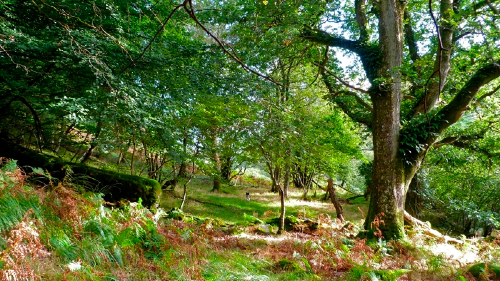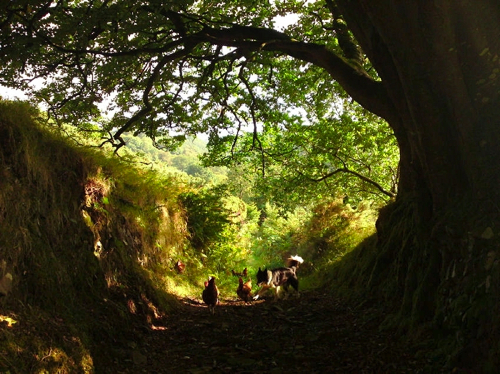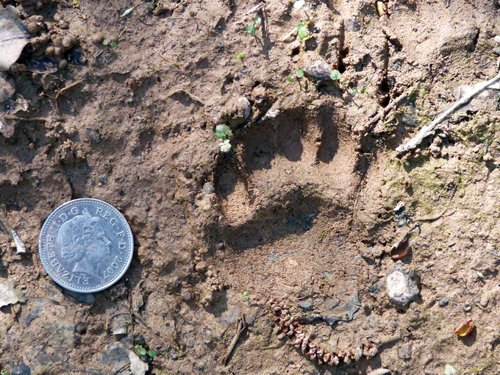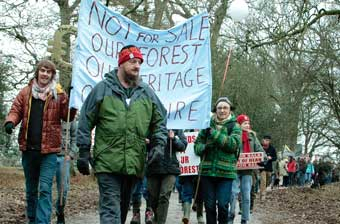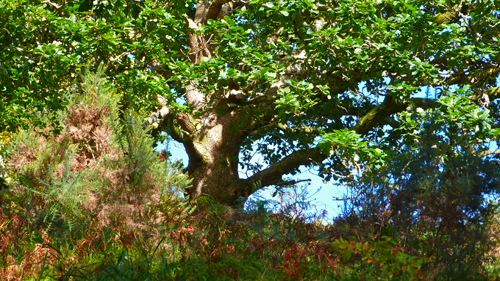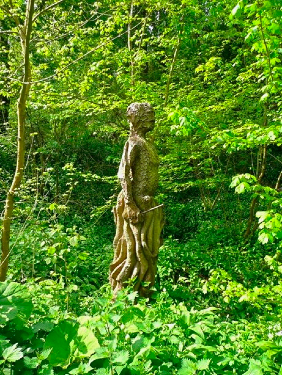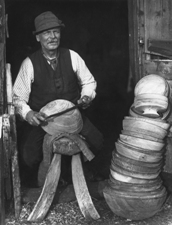The Government have been very keen to paint the picture that no public access would change if the public forest estate were sold. It all sounds quite reassuring doesn’t it? The reality is much less reassuring. Let’s look at some facts:
As at 31 March 2010 the Forestry Commission (FC) public forest estate in England comprised 198,298 hectares of freehold land and 57,692 hectares of leasehold land. The majority of this is woodland, but it also includes associated open habitats, some agricultural land and land used for quarries, car parks and built development.
DEFRA Written Answers And Statements, 3 November 2010
Forestry Commission policy
The Forestry Commission regards public access to forests and woodlands as important areas of concern. In fact, all of the English Forestry Commission freehold forests have been dedicated in perpetuity for public access on foot through Section 16 of the Countryside & Rights of Way Act 2000.
Surely this means it’s OK just like the Government says doesn’t it?
In reality it depends what you do – It does give some comfort if you’re a walker but none of this land has been dedicated for cycling or horse riding. This access is granted voluntarily by the FC and is known as Permissive access. This doesn’t mean it’s not taken seriously by them. Take mountain biking for example:
The Forestry Commission provides around 20% of all off-road cycle access in England, with a standard of usability far greater than that found on the rights of way network, making it attractive both to mountain bikers and the family cyclist.
Cycle Touring Club
Freehold vs. Leasehold
As the eagle-eyed will have spotted we’ve only been talking about freehold land. What about the remaining 57,692 hectares that FC leases? None of this has been dedicated under CROW. All access is either on public rights of way or is permissive.
So, what’s the answer?
A very good question and not as straightforward or as easy to achieve as the Government would like us to believe. It all comes down to this permissive access and how it is preserved. In practice this is a thorny issue and far more involved than much of the commentary would lead you to believe.
What the experts think
In a recent report assessing the proposed sale, land access consultants ET Landnet reported:
If the Forestry Commission decides one day to change the permissive access arrangements to a site then it may do so. Its wider forestry management remit may require it to do so. It is likely to provide alternatives so the public continue to enjoy access, albeit in a different patch of the wood. Exceptionally it may have to stop access for sound management issues which, if explained clearly, might well be reluctantly accepted by the public.
It would be possible to write into the contract for a purchaser or lessee the extent of existing access. It is possible to draft clauses to provide a mechanism whereby such access could be altered or stopped; but who determines whether the owner or lessee’s changes are desirable or necessary? Is it simply determined between government and occupier or is wider public discussion required? Above all, who pays for the government’s service that vets such requests, assesses the evidence and provides the inevitable appeal procedure? And who will pay full value if their ownership or management rights are so curtailed?
Is the risk that the savings in annual running of the Forestry Commission are wiped out by a forestry management bureaucracy?
Without doubt, access is one of the biggest questions surrounding the government’s aims. It is imperative that access is maintained to OUR woodland.













